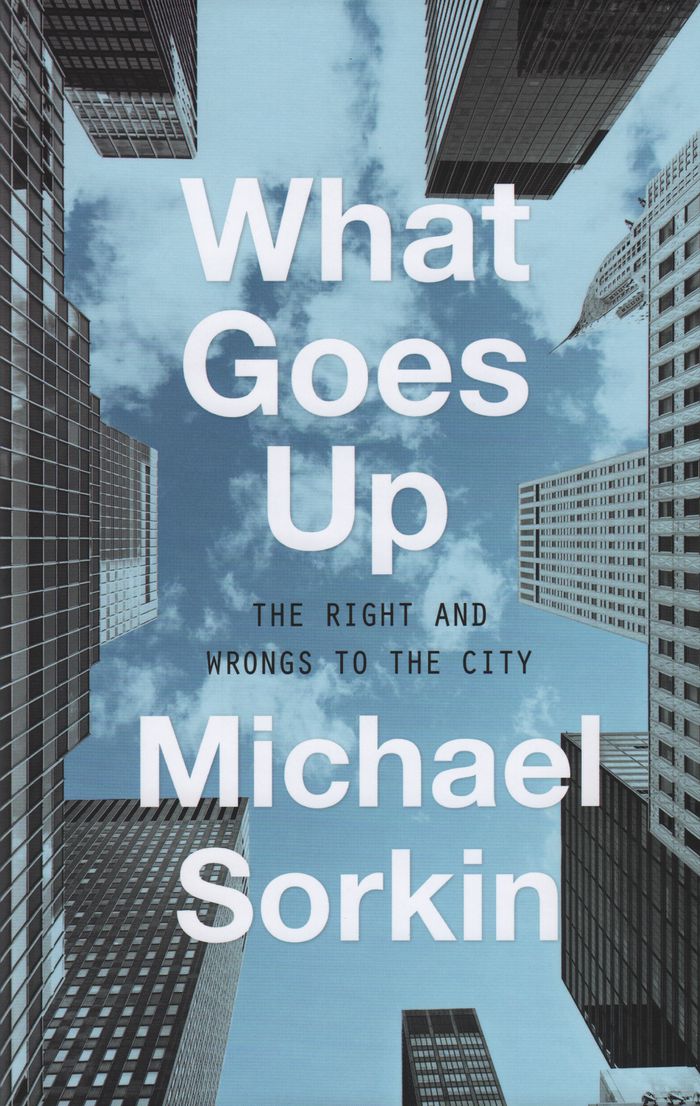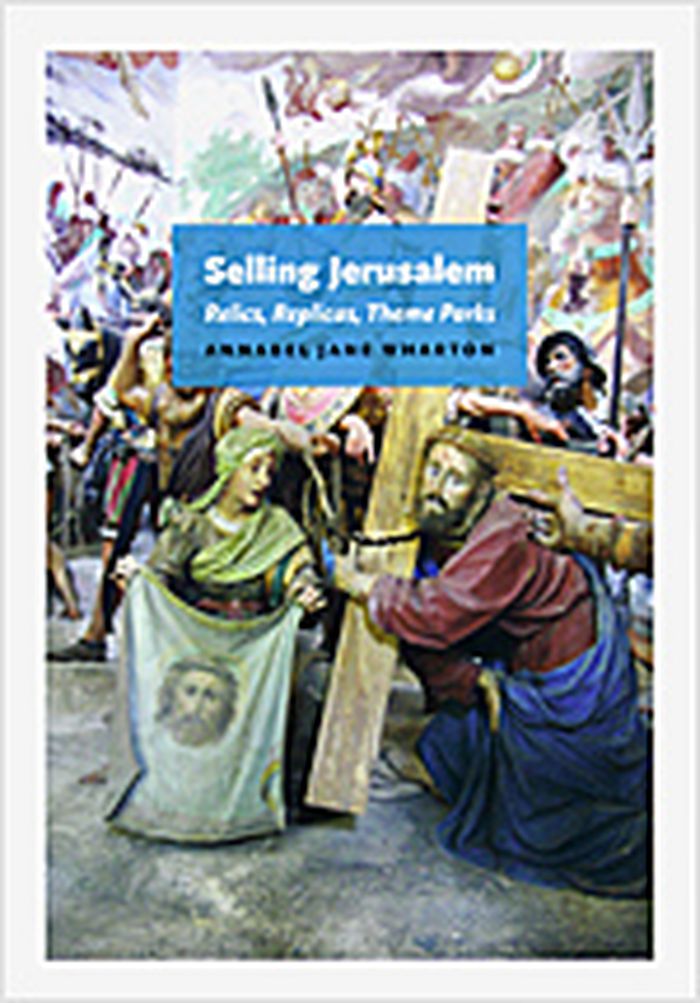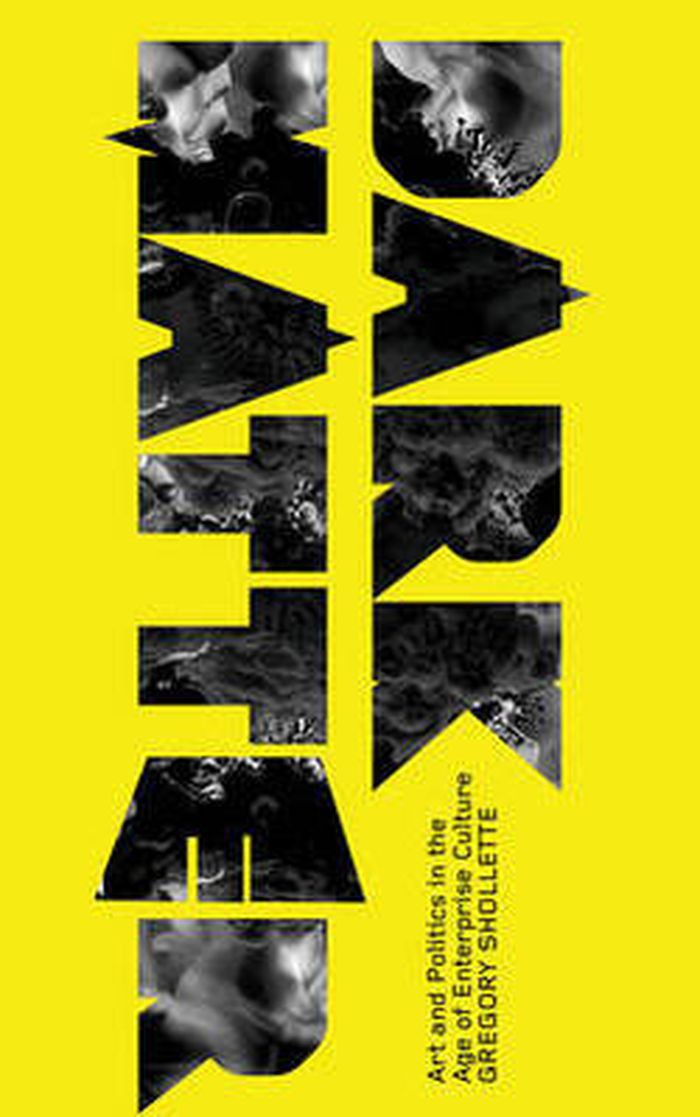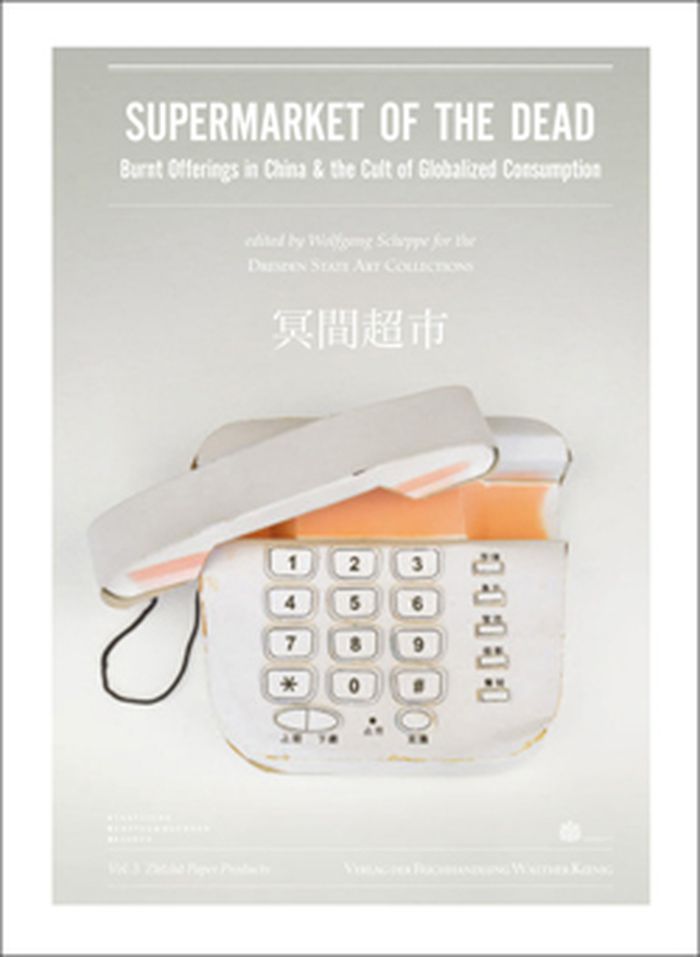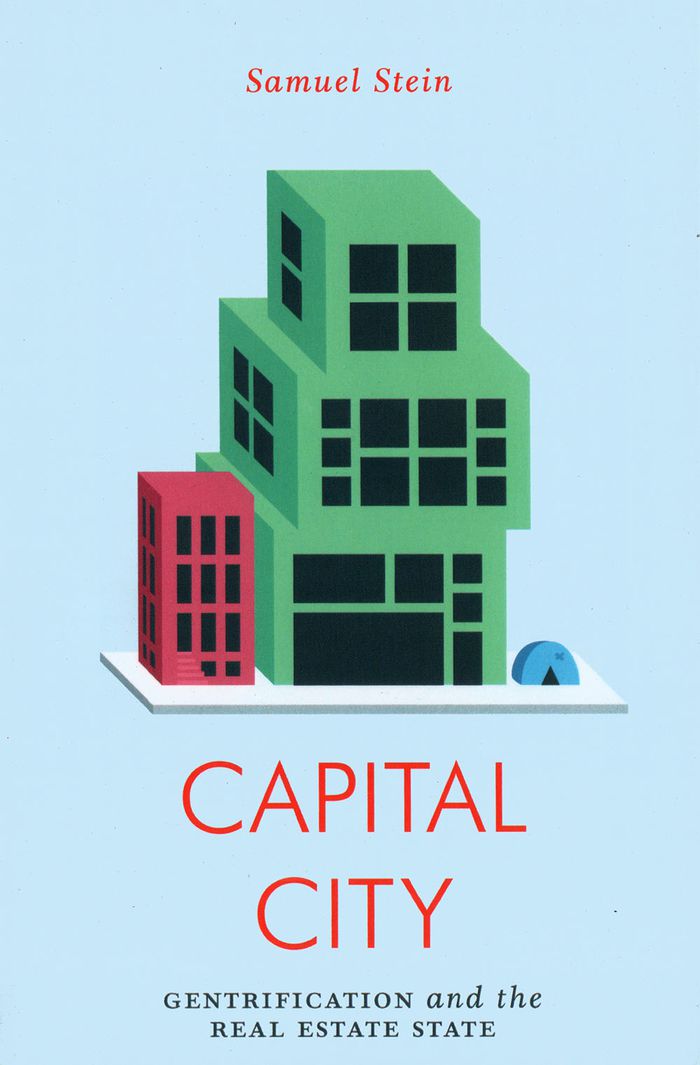$45.95
(available to order)
Summary:
Michael Sorkin is one of the most forthright and engaging architectural writers in the world. In « What Goes Up » he takes to task the public officials, developers, “civic” organizations, and other heroes of big money, who have made of Sorkin’s beloved New York a city of glittering towers and increasing inequality. He unpacks not simply the forms and practices—from zoning(...)
What goes up: the rights and wrongs to the city
Actions:
Price:
$45.95
(available to order)
Summary:
Michael Sorkin is one of the most forthright and engaging architectural writers in the world. In « What Goes Up » he takes to task the public officials, developers, “civic” organizations, and other heroes of big money, who have made of Sorkin’s beloved New York a city of glittering towers and increasing inequality. He unpacks not simply the forms and practices—from zoning and political deals to the finer points of architectural design—that shape cities today but also offers spirited advocacy for another kind of city, reimagined from the street up on a human scale, a home to sustainable, just, and fulfilling neighborhoods and public spaces.
Urban Theory
$40.95
(available to order)
Summary:
Jerusalem currently stands at the center of a violent controversy that threatens the stability of both the Middle East and the world. This volatility, observes Annabel Jane Wharton, is only the most recent manifestation of a centuries-old obsession with the control of the Holy City—military occupation and pilgrimage being two familiar forms of “ownership.” Wharton makes(...)
Selling Jerusalem : relics, replicas, theme parks
Actions:
Price:
$40.95
(available to order)
Summary:
Jerusalem currently stands at the center of a violent controversy that threatens the stability of both the Middle East and the world. This volatility, observes Annabel Jane Wharton, is only the most recent manifestation of a centuries-old obsession with the control of the Holy City—military occupation and pilgrimage being two familiar forms of “ownership.” Wharton makes the innovative argument here that the West has also sought to possess Jerusalem by acquiring its representations. From relics of the True Cross and Templar replicas of the Holy Sepulchre to Franciscan recreations of the Passion to nineteenth-century mass-produced prints and contemporary theme parks, Wharton describes the evolving forms by which the city has been possessed in the West. She also maps those changing embodiments of the Holy City against shifts in the western market. From the gift-and-barter economy of the early Middle Ages to contemporary globalization, both money and the representations of Jerusalem have become progressively incorporeal, abstract, illusionistic, and virtual.
Arch Middle East
$41.95
(available to order)
Summary:
Art is big business, with some artists able to command huge sums of money for their works, while the vast majority are ignored or dismissed by critics. This book shows that these marginalised artists, the 'dark matter' of the art world, are essential to the survival of the mainstream and that they frequently organize in opposition to it. Gregory Sholette, a(...)
Dark matter: art and politics in the age of enterprise culture
Actions:
Price:
$41.95
(available to order)
Summary:
Art is big business, with some artists able to command huge sums of money for their works, while the vast majority are ignored or dismissed by critics. This book shows that these marginalised artists, the 'dark matter' of the art world, are essential to the survival of the mainstream and that they frequently organize in opposition to it. Gregory Sholette, a politically engaged artist, argues that imagination and creativity in the art world originate thrive in the non-commercial sector shut off from prestigious galleries and champagne receptions. This broader creative culture feeds the mainstream with new forms and styles that can be commodified and used to sustain the few artists admitted into the elite. This dependency, and the advent of inexpensive communication, audio and video technology, has allowed this 'dark matter' of the alternative art world to increasingly subvert the mainstream and intervene politically as both new and old forms of non-capitalist, public art. This book is essential for anyone interested in interventionist art, collectivism, and the political economy of the art world.
Art Theory
$75.00
(available to order)
Summary:
Three volume exhibition catalogue of exhibition titled 'Supermarket of the dead' at the Dresden State Art Museum in 2015. One of the most ancient forms of Chinese spirituality proves to be a living tradition, still widely practised everywhere in Chinese culture. Paper replicas of money and goods are ritually burned as offerings to win the favour of ancestors, gods and(...)
July 2015
Supermarket of the dead: burnt offerings in China an dthe cultu of globalised consumption
Actions:
Price:
$75.00
(available to order)
Summary:
Three volume exhibition catalogue of exhibition titled 'Supermarket of the dead' at the Dresden State Art Museum in 2015. One of the most ancient forms of Chinese spirituality proves to be a living tradition, still widely practised everywhere in Chinese culture. Paper replicas of money and goods are ritually burned as offerings to win the favour of ancestors, gods and spirits. These paper models have recently undergone a kind of transformation, in which imi-tations of traditional objects have been superseded by replicas of consumer goods found in western shopping habits. An alter-native world made of paper, encompassing all today’s globalised brand consumption fetishes, Gucci bags, Prada shoes, mobile phones, Apple computers and even Heineken beer cans and life-size cars, is committed to the flames as a tribute to the ancestors. This three part catalog offers a glimpse of the exhibition and includes a volume of essays to accompany the works.
$23.95
(available to order)
Summary:
Our cities are changing. Around the world, more and more money is being invested in buildings and land. Real estate is now a $217 trillion dollar industry, worth thirty-six times the value of all the gold ever mined. It forms sixty percent of global assets, and one of the most powerful people in the world—the president of the United States—made his name as a landlord and(...)
Capital city: gentrification and the real estate state
Actions:
Price:
$23.95
(available to order)
Summary:
Our cities are changing. Around the world, more and more money is being invested in buildings and land. Real estate is now a $217 trillion dollar industry, worth thirty-six times the value of all the gold ever mined. It forms sixty percent of global assets, and one of the most powerful people in the world—the president of the United States—made his name as a landlord and developer. Samuel Stein shows that this explosive transformation of urban life and politics has been driven not only by the tastes of wealthy newcomers, but by the state-driven process of urban planning. Planning agencies provide a unique window into the ways the state uses and is used by capital, and the means by which urban renovations are translated into rising real estate values and rising rents. “Capital City” explains the role of planners in the real estate state, as well as the remarkable power of planning to reclaim urban life.
Urban Theory
